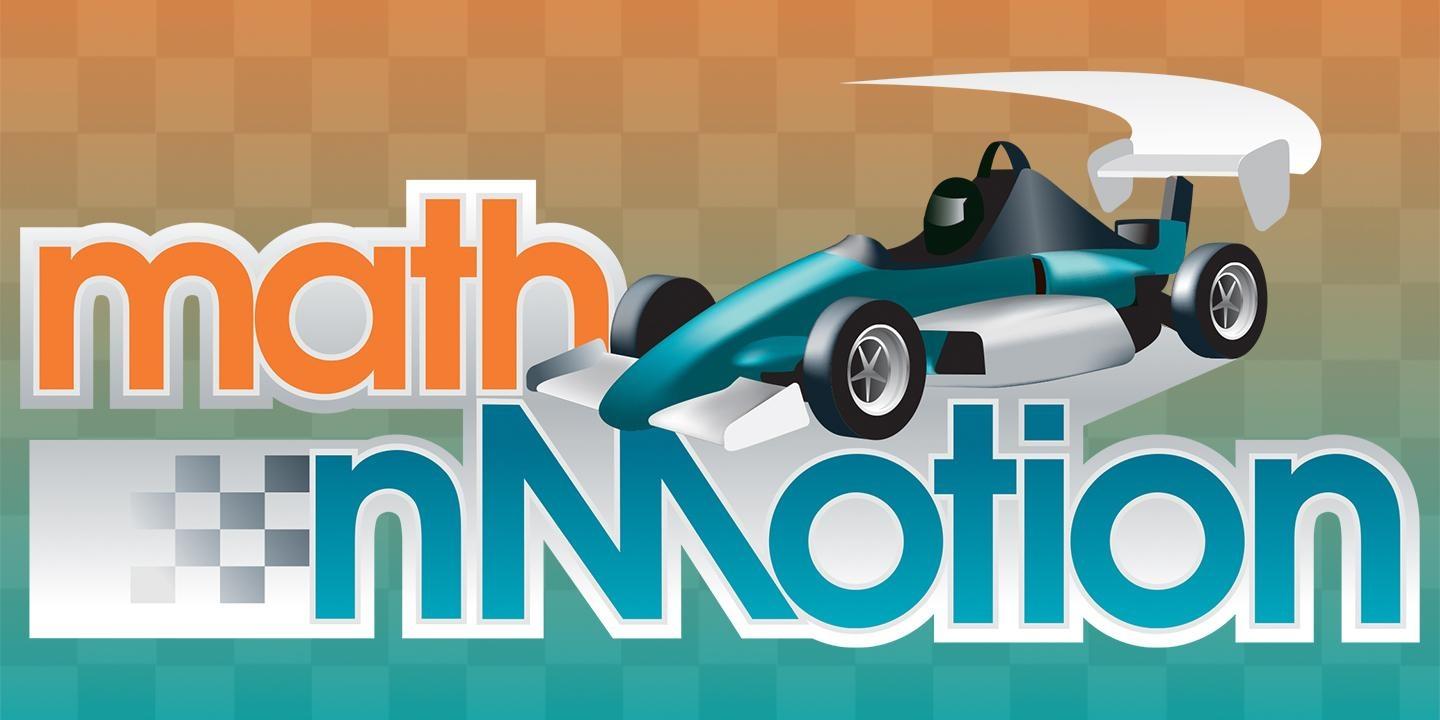PBS Western Reserve Educational Services


Accessible Shapes: Geometry
Students will learn about spatial visualization; surface area and volume; and the study of lines, angles and two- and three-dimensional shapes. Produced 2011. (Grade 6)

Phi 1.61803: Art in Math and Science
The lessons relate the mathematical concept of phi to the beauty of art. Videos study artwork at Akron Art Museum to help students understand the concept. Produced 2010. (Grade 5)

Math nMotion
The concepts of Graphing Linear Equations, Inequalities, Ratio & Proportion and Using Data to Make Decisions are tackled through racing Formula M cars. Produced 2009. (Grade 8)

Big or Small: Measure It All
BIG OR SMALL: MEASURE IT ALL shows students how measurement is used every day in the “real world.” Produced 2007. (Grades 3-8)

Math and Science Gumbo
The Kitchen Mathematician will beat, mix, blanche, toast, boil and fricassee food to explore the math and science that goes into cooking. Produced 2005. (Grades 3-6)

It’s a Gas: Math and Science of the Blimp
The workings of the blimp provide the framework for teachers to illustrate the concepts students must understand to pass Ohio’s proficiency tests. Produced 2004. (Grades 5-9)

QuizBus: Dealing With Data
Students practice collecting data, presenting it in an understandable fashion, analyzing the data through graphing. Produced 2004. (Grades 4-8)

Masters of Gravity
MASTERS OF GRAVITY is based on the All American Soap Box Derby. This series combines racing and learning in a fun process. Produced 2003. (Grades 5-6)

Ama-Zone: The Rain Forest Project
Are you ready for an adventure in the jungle? This role playing activity allows the students to explore the many issues surrounding the rain forest. Produced 2001. (Grades 6-12)

Floating on Air
Lighter-than-air enthusiasts share the fond memories and fascinating history of Akron’s unofficial mascot of the skies. Produced 2001. (Grades 6-8)